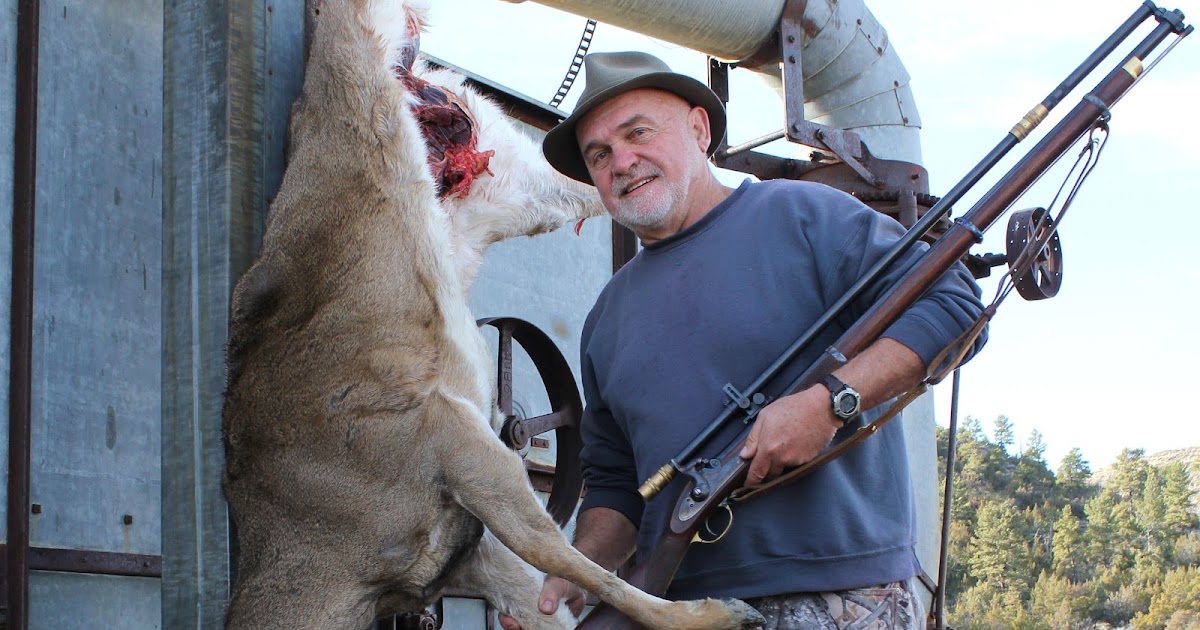 Head-to-Head Setup
Head-to-Head Setup
| Spec | Texan .308 (Airgun) | CVA Paramount Pro .45 Cal (BP) |
|---|
| Projectile | 150gr SFBT (pure lead) | 280gr PowerBelt ELR |
| Muzzle Velocity | ~1042 fps | ~2320 fps |
| Ballistic Coefficient | ~0.200 | ~0.333–0.452 |
| Muzzle Energy | ~361 ft-lbs | ~1600–1700 ft-lbs |
The Paramount Pro is arguably the most advanced production BP rifle today2—a true long-range beast with high-BC bullets and super-magnum charges.
 Energy Retention @ 700–800 Yards
Energy Retention @ 700–800 Yards
| Range (yds) | Texan .308 Energy | Paramount Pro Energy |
|---|
| 700 | ~95 ft-lbs | ~400–450 ft-lbs |
| 800 | ~70–75 ft-lbs | ~300–350 ft-lbs |
- Black powder wins on raw energy, no question.
- But your .308 still holds ethical precision for small-to-medium game at 800 yards.
 Drop & Wind Drift (Zero @100 yds, 10mph crosswind)
Drop & Wind Drift (Zero @100 yds, 10mph crosswind)
| Range (yds) | Texan Drop | BP Drop | Texan Drift | BP Drift |
|---|
| 700 | ~250 in | ~300–320 in | ~55 in | ~65–70 in |
| 800 | ~340 in | ~400–450 in | ~70 in | ~85–90 in |
- Your Texan’s flatter trajectory and tighter wind profile give it a serious edge in precision.
- BP’s heavier slug fights wind better than lighter BP loads, but still drifts more than your .308.
 Time of Flight
Time of Flight
| Range (yds) | Texan TOF | BP TOF |
|---|
| 800 | ~1.6 sec | ~1.3–1.4 sec |
BP gets there faster, but the Texan’s
predictable flight path and ZULUS integration make it easier to correct mid-flight.
 Tactical Takeaway
Tactical Takeaway
- Paramount Pro dominates in energy, making it ideal for elk or large game at distance.
- Your Texan .308 wins on stealth, control, and precision—especially for coyotes, hogs, or pest control.
- At 700–800 yards, the Texan isn’t just holding its own—it’s outperforming BP in ethical hit probability.
First you have to know the restraints of a BP rifle even though they produce a great deal of fpe:
1. Inconsistent Burn Characteristics - Black powder has a non-progressive burn—it ignites fast and dumps energy early.
- This leads to pressure spikes that vary with humidity, grain size, and even how tightly the projectile is seated.
2. Fouling and Residue - Every shot leaves corrosive residue in the bore, which affects velocity and accuracy unless cleaned between shots.
- Fouling buildup changes barrel harmonics and projectile seating depth—bad news for consistency.
3. Ignition Variability - Percussion caps and flintlocks introduce delay and variability in ignition timing.
- Even modern inline BP rifles can suffer from hang fires or misfires, especially with loose powder.
4. Barrel Pressure Drop - Black powder pressure drops rapidly down the bore, especially in longer barrels.
- This limits velocity and makes it harder to maintain a flat trajectory past 600–700 yards.
5. Projectile Design Limitations - Most BP rifles use heavier, round-nosed bullets with lower ballistic coefficients.
- Even advanced BP rifles like the CVA Paramount Pro use high-BC bullets, but they still fight gravity and wind drift harder than your airgun’s boat tail slugs.
 Tactical Summary
Tactical Summary
Even the best BP rifles—like the .45 cal Paramount Pro—can reach 800+ yards, but they struggle with:
- Trajectory arc (think rainbow vs laser beam)
- Wind drift (especially with lighter sabots)
- Shot-to-shot consistency (due to fouling, ignition, and powder variability)
Head-to-Head Setup
Energy Retention @ 700–800 Yards
Drop & Wind Drift (Zero @100 yds, 10mph crosswind)
Time of Flight
Tactical Takeaway
Tactical Summary
